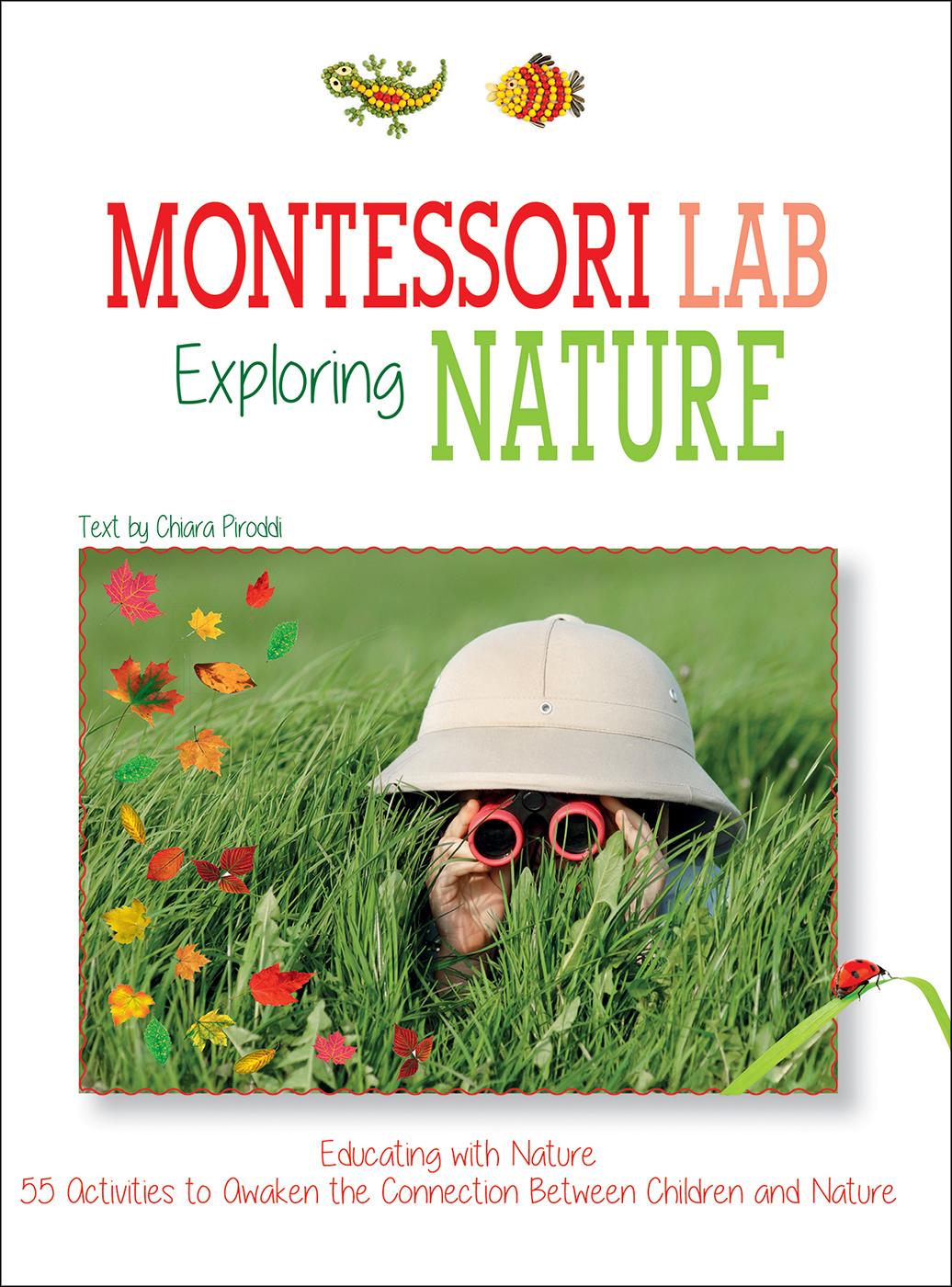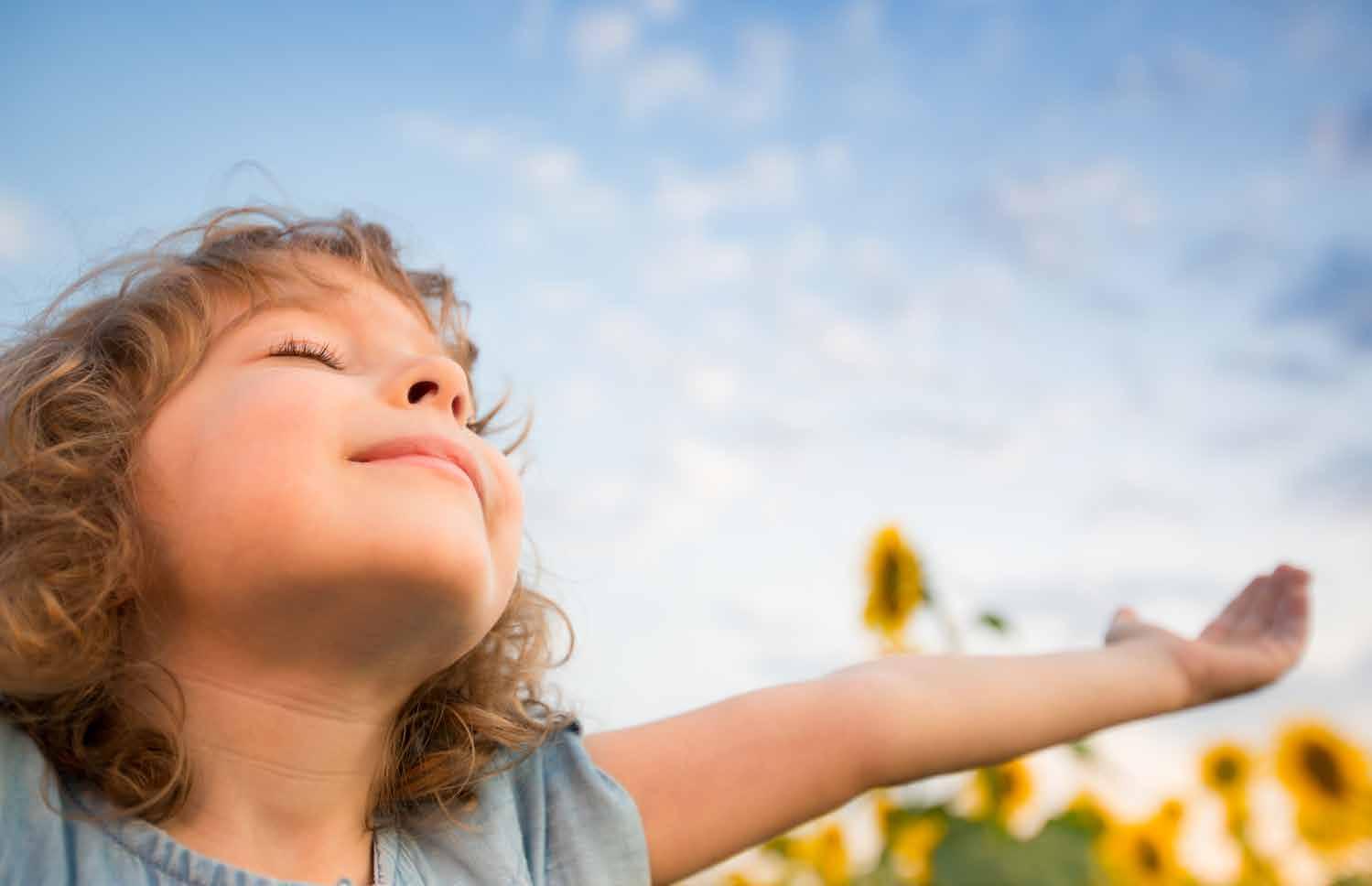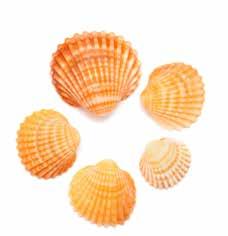









Nature is an indispensable part of life, and as human beings, we are intrinsically connected to it. Yet only rarely do we incorporate it into our days or recognize its value, especially in educational projects with our children.
By contrast, nature occupies a role of considerable importance in the Montessori method of teaching.
Maria Montessori noted that, in the society she knew, children were unaware of the world of nature except through stories, pictorial reproductions, or objects constructed for a particular purpose. They were not directly experiencing the sensation of the earth beneath their feet, rain on their faces, sand cupped in their hands, the smell of wet leaves, or the warmth of stones in the sun. In her view, this constrained children’s developmental potential, relegating them to enclosed spaces, limiting their curious souls and, last but not least, their need for movement. Does this description sound unfamiliar to you? Why yes, this is still very true!
If we take a moment to think about it, in our time children still live at a distance from nature, with few opportunities to come into intimate contact with all that populates the natural world or to experience its phenomena directly. Even today, children know sand via their sandboxes, vegetables and fruit appear to have been born on their plates, and their only hours spent outdoors are on the playground of a city center, surrounded by the noise of cars and smells emerging from restaurants.
That is why this book aims to stimulate children’s curiosity toward exploring the world outside their front doors. The book is divided into four sections, containing activities of various types, levels of difficulty, and purposes, all offering a series of ideas for bringing your child back into contact with Mother Nature, at times turning her into a companion to have fun with, at others a teacher to learn from, or a little life to care for.
Activity after activity, you will realize how much a child can spontaneously develop cognitive, emotional, and manual skills by living out real-life experiences in the natural world, freely and directly.

Have you ever, perhaps after you have been stuck inside your home or office for a long while, or even after a long drive, felt a strange, intense physical sensation that urged you to seek a breath of fresh air, a warm ray of sunshine on your face, or the flow of water from a fountain in your hands? Or, on days when feeling especially tired or emotionally
confused, have you sought the silence of a country road or a mountain path, or wanted to sit and gaze at the sea? And who is not touched at the sight of the first snowfall, the expanse of a wheat field, or a blossoming cherry tree? These are experiences that certainly unite us, and the reason for that is the fact that nature is an indispensable part of our life, which we regularly and instinctively seek, at times without being aware of it.

All activities contained in this section allow us to explore the world’s natural elements. We can enjoy experiences while in contact with nature in order to get to know and appreciate it. Patience, calm, and consistency are qualities that are encouraged while you are in contact with nature. Working with objects found in nature also allows us to stimulate the five senses in a significant way, all of them having interesting physical qualities relating to weight, shape, and texture that cannot be observed in materials made from plastic. Each recommended exercise contributes to the development of the senses, fine motor skills, and concentration. In some activities, you will be asked to first gather materials while walking in a park, garden, or other environment, and then complete the activity at home. In others, you will be able to work directly at home using fruits and vegetables. Children are able to participate in each activity firsthand, only needing an adult’s example to understand what they need to do. In some cases, adult supervision is needed to be sure that they are completely safe while playing and when they are using materials from the world outside. If necessary, let the children make various attempts before they succeed in the activity. Allow them to make mistakes and to get angry without intervening in a directive manner. Let them be free to experiment and practice for as much time as they think necessary without correcting them, intervening only to offer support in moments of frustration. Always favor working outdoors and showing curiosity for natural materials.

6 CARDBOARD BOXES, 6 SHEETS OF BLANK LETTER-SIZE PRINTER PAPER, TAPE, AND A BOX OF COLORING MATERIALS (EITHER POSTER PAINT, FINGER PAINT, OR MARKERS).









OBJECTIVES - In this activity, children explore nature, spend time outdoors, exercise their powers of observation, and develop calm and patience.
ENVIRONMENT - Any outdoor setting.
PROCEDURE - Get 6 medium-size cardboard boxes. Take a blank sheet of paper and color it, using a single color. Then, do the same for the other sheets of paper. Now attach the sheet to the lid of the box with a few pieces of tape. Do the same with all of the boxes. Now the boxes are ready, decorated with the colors of nature. Together with your child, choose one box per day—and therefore one color per day—and a place that is easy to reach: a park, a wooded area, the bank of a river, a beach, your home

garden, or simply a street. Keep your eyes open and walk slowly and carefully, observing what surrounds you. Whenever possible, when you find an item in the natural environment with your chosen color, pick it up and place it in your box. Each time you go out, bring a different box with you and look for a new color. This activity can continue without end: each time you find something colorful that you can take home, you can keep it in your box. You will end up with a shelf full of nature’s colors!




A DOZEN DAISIES, A MEDIUM-SIZE NEEDLE, AND A PIECE OF COTTON OR NYLON THREAD.


OBJECTIVES - This activity helps to exercise dexterity, hand-eye coordination, concentration, and creativity.


ENVIRONMENT - In a garden or park, or at home.
PROCEDURE - If you have the opportunity to go for a walk in a garden with many flower beds, or simply in a park, you can look for daisies on the lawn (all the better if they have already been cut) and collect them in a paper bag. Once at home, sew the daisies together at the base of the flower using the nylon or cotton thread until you have completed your necklace. Finally, tie a knot to close it into a circle.





OBJECTIVES - This activity promotes calm and concentration, while freeing up your child’s creativity.

ENVIRONMENT - In a yard, park, or courtyard, or at home.

PROCEDURE - In a garden or park, collect a bagful of petals of various colors and sizes, then find a flat surface in a courtyard or on a path. Or, on a rainy day, place a large piece of cardboard on the floor of your home to use as a base for your mandala. Using the chalk, draw a large circle: this will serve as the frame in which to make your drawing. You can create prepared designs, which you can find on the internet (type

“mandala” into a search engine), or you can give your child the freedom to draw the shapes he or she prefers. Your child can trace designs with your colored chalk, then place the flower petals on top of the traced lines.


3 (OR MORE) SQUEEZE BOTTLES, WATER, AND POWDER PAINT OR GROUND SPICES. Ages 3 andup
OBJECTIVES - This activity promotes outdoor activity in winter and stimulates creativity.
ENVIRONMENT - An area of compacted snow.
PROCEDURE - A trip to the mountains in the snow or the first abundant snowfall in the garden is an excellent opportunity to try coloring and creating designs in the snow. First, prepare some containers with a squirt top, one for each color you wish to use. You can mix water and powder paint, but ground spices (like turmeric, paprika, coffee, saffron, etc.) can also work. The important thing is to have colored water in your bottles for squirting. Find an area with packed snow and have fun squirting your color onto its surface, making designs, shapes, or just patches of color.


Taking care of small living things, whether they are plants, flowers, or animals, satisfies an innate instinct in children. From their first years, our children have needed to experience what it is like to take care of someone or something, to implement a series of actions and behaviors aiming to encourage and to ensure the well-being of another being, especially one that is considered smaller or more fragile. It is essential to cultivate this natural inclination in your child so he or she learns to recognize and respect others’ needs, and therefore to live in community. A small balcony where one can plant seedlings to tend to daily or a perforated box for taking care of a snail may suffice, as might a visit to a meadow to look at insects while learning to respect their behaviors in the natural environment.
It is always beneficial if all activities are within the child’s own reach, so he or she may take direct action rather than standing still and observing the conduct of an adult. Allow your child to sow seeds while digging in the earth, turning it with a small rake or shovel, to use a watering can to wet the seedlings, clean it with a rag, or to hand-mix and roll balls of food for birds. Observing nature in all its forms is also a remarkable form of teaching on the ebb and flow of life and its stages of evolution, from birth to death. All of the following activities will involve concentration, requiring children to pay attention to their own actions and to wait patiently. Your child will learn from mistakes and feel deeply gratified to see the results of his or her care.


Maria Montessori always maintained that in encouraging the cognitive development of a child, it is beneficial to help him or her create organized categories for how the world works, including the elements comprising it. It is also critical to encourage learning through practical and direct experience, allowing the child to construct clear, complete images of reality. These concepts will be much more solid than information provided through simple verbal communication.
The world of nature offers so many ideas for the development of knowledge in a child, stimulating his or her curiosity, prompting him or her to ask questions and look for answers. When learning is driven by personal interest, curiosity, and intrinsic motivation, it is sounder and more lasting.
It is therefore important to find the child’s area of interest from an early age and to suggest activities that are consistent with the open mind that is emerging. Looking at animals in the park, listening to nighttime sounds, gazing at stars or objects through a microscope, or using objects from nature to conceptualize various characteristics like size, shape, and weight—these are all activities that make learning challenging and fun.

